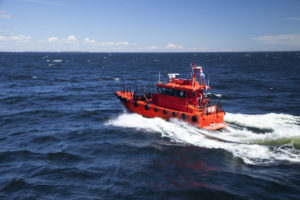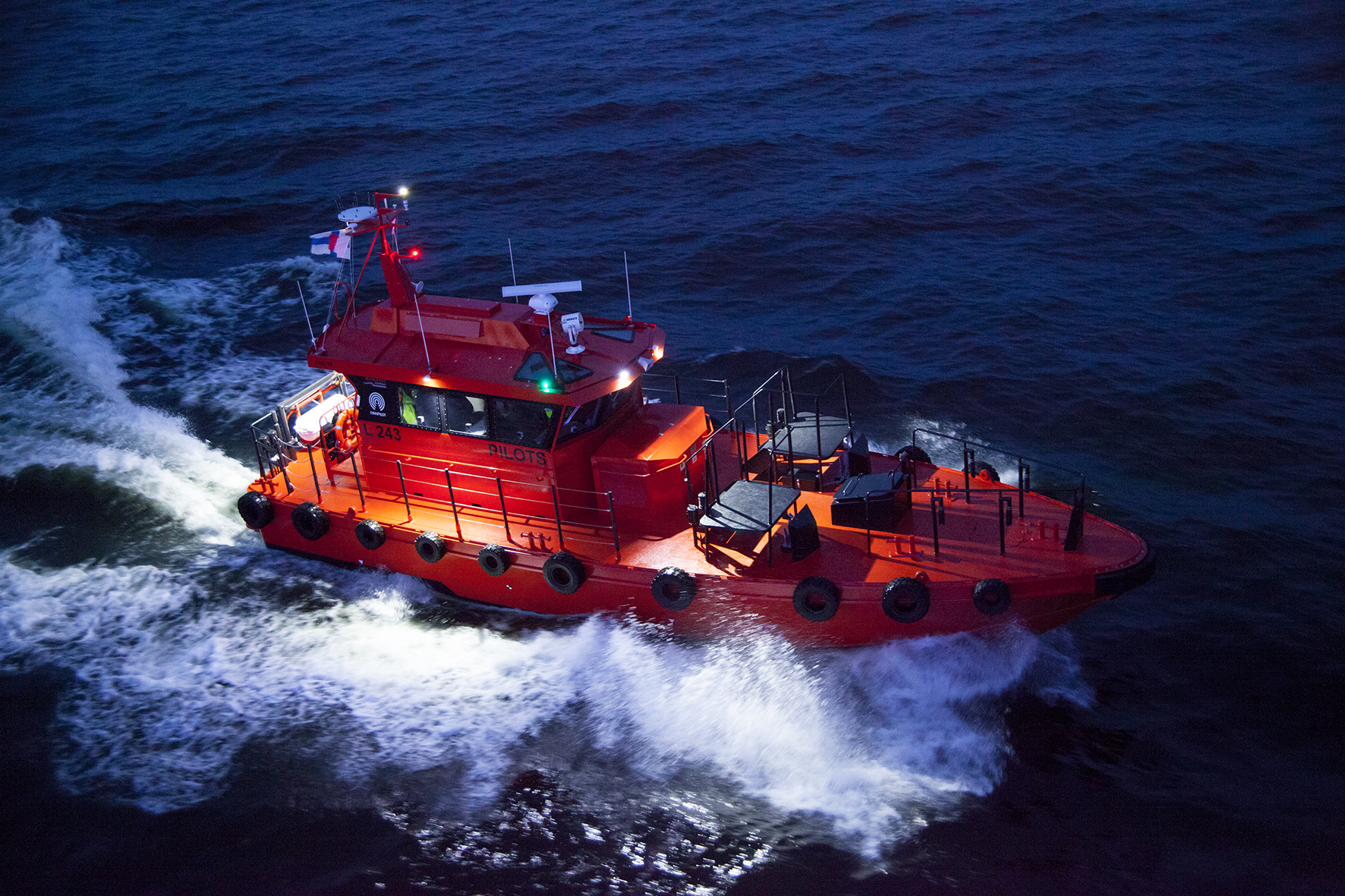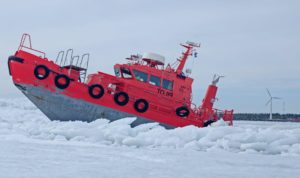Equipment and the environment
Vessels and equipment
Finnpilot’s vessels are comprised of the pilot cutters used during the winter season, fast pilot boats and hydrocopters used in the Bay of Bothnia.
Fast pilot boats

Number: 26
Manufacturers: Kewatec, Uudenkaupungin työvene, Marine Alutec
Years of manufacture: 1995–2017
Manufacturing material: aluminium
Load capacity: 6–10 persons
Length: 11,3–16 m
Weight: 7.5–15 tonnes
Draught: 1–1.5 metres
Speed: 18–29 kn
Fuel consumption: 80-170 l / h
Inspected for traffic area: 3
Usage life: 15–25 years
Pilot cutters
Number: 31
Manufacturers: Uudenkaupungin työvene, Teijon Telakka, Holming Oy, Uudenkaupungin veneveistämö, Haminan konepaja
Years of Manufacture: 1985–2012
Manufacturing material: steel
Load capacity: 10 persons
Length: 10–16 m
Weight: 45–60 tonnes
Draught: 1.8–2.4 metres
Speed: 10 kn
Fuel consumption: 60–170 l / h
Ice navigation property: 25-45 cm fast ice
Inspected for traffic area: 3
Usage life: 35 years
Hydrocopters

Number: 10
Manufacturer: Arctic Ant, Larsmo
Years of manufacture: 2002–2012
Manufacturing material: fibreglass
Load capacity: 4 persons
Hydraulic frame steering
Carbon fibre propeller
Suspension: suspension arm or air suspension
Maximum speed: on ice 40 km/h, in open waters 10 kn
Working to protect our fragile environment
The conditions of the Finnish archipelago are among the most challenging to navigate in the world. A pilot who is familiar with local conditions provides a shipmaster with invaluable assistance to guarantee safe fairway navigation.
When a large ship enters the fairway from the open sea, it finds itself in a highly formidable environment: the fairways are narrow, the waters are shallow and rocky and there is no room for navigational errors. Maritime traffic accidents that lead to oil or chemical spills can have disastrous impacts on the fragile nature of the archipelago and its ecosystem. Pilotage is utilised in fairway navigation to avoid exceptional situations that might cause ships to run aground or collide. When vessels move through the fairways in a planned and controlled manner, however, the risk of serious environmental accidents decreases considerably.
The anomaly observations of the pilots further define and supplement the risk factors involved in maritime traffic. Recognising threats makes it possible to react with corrective measures.


